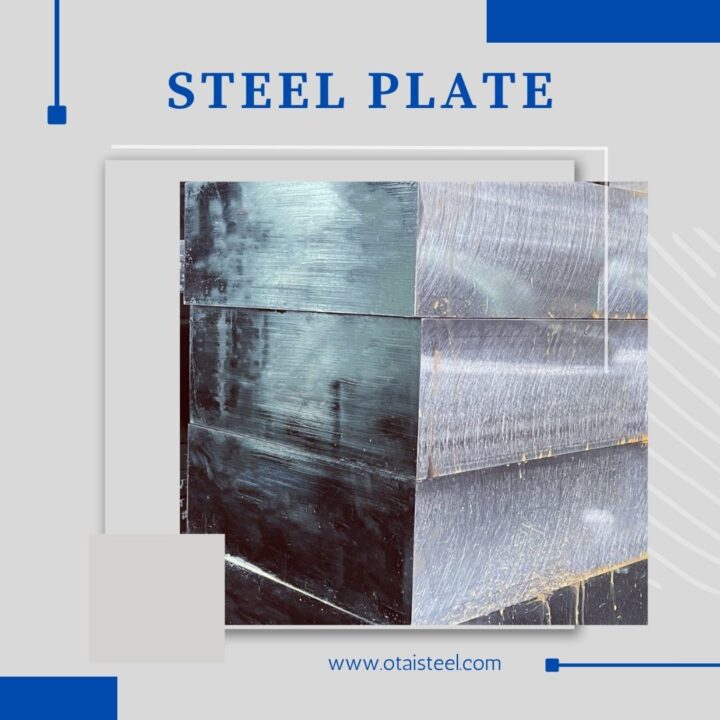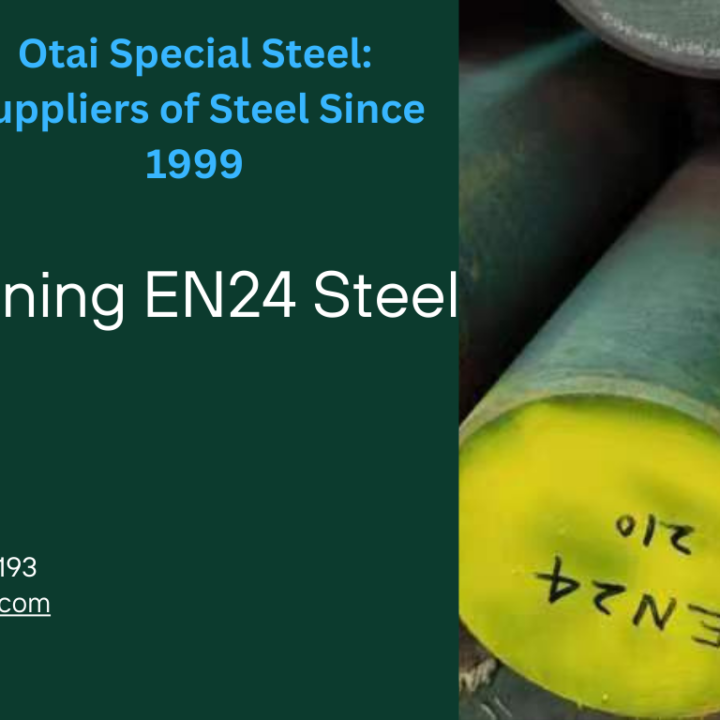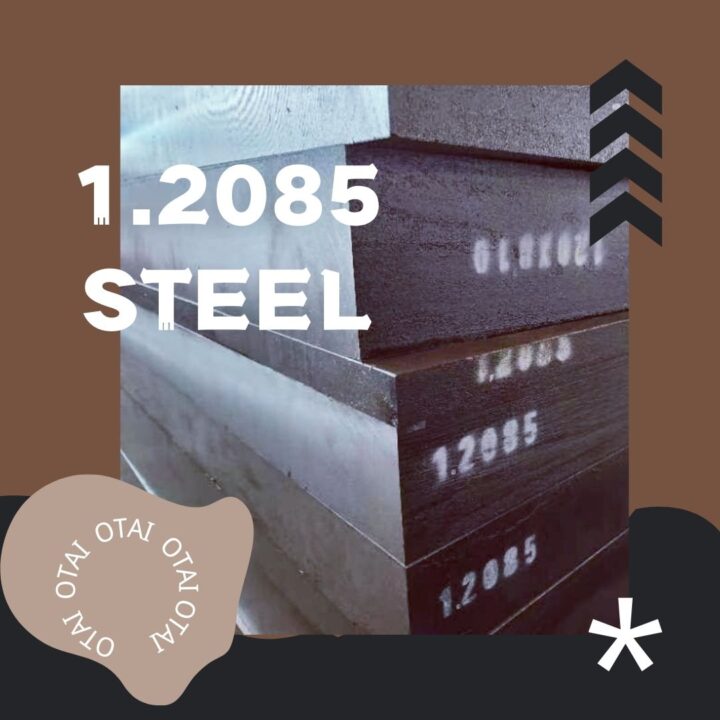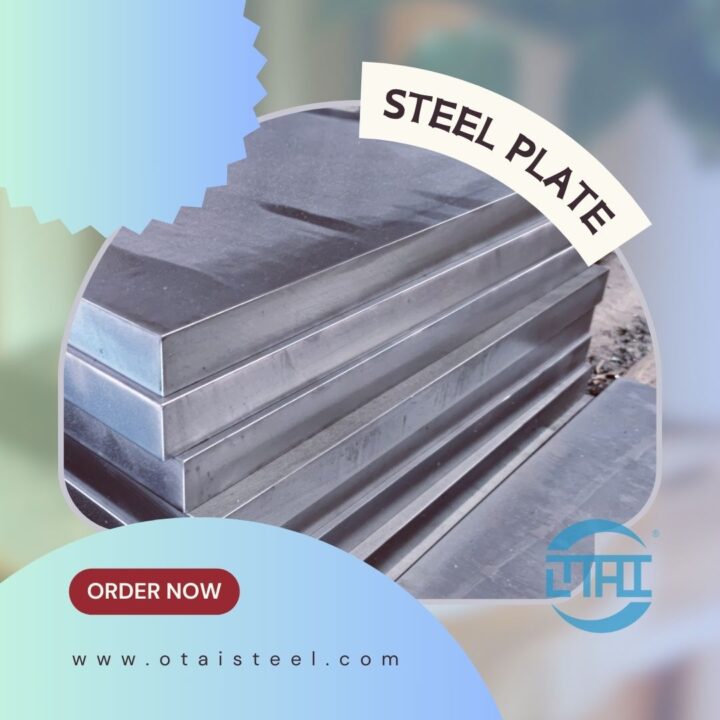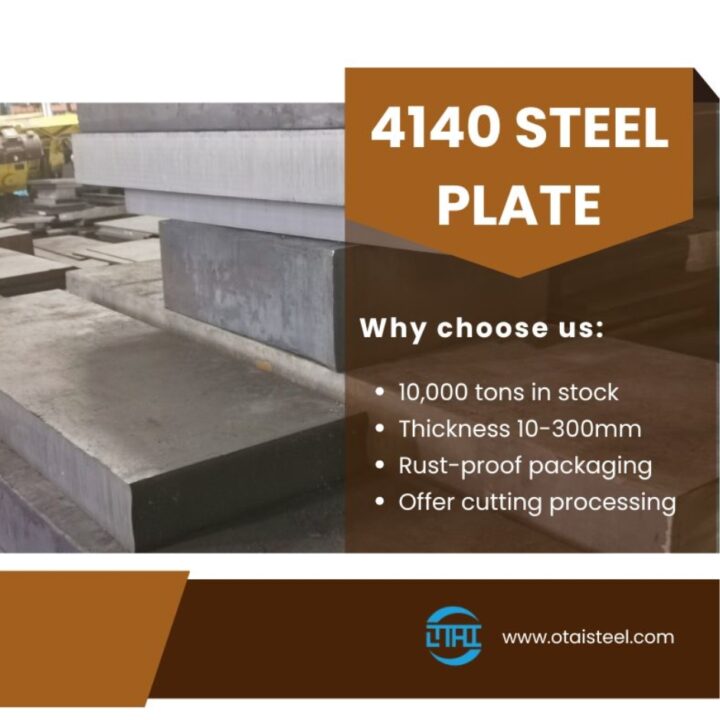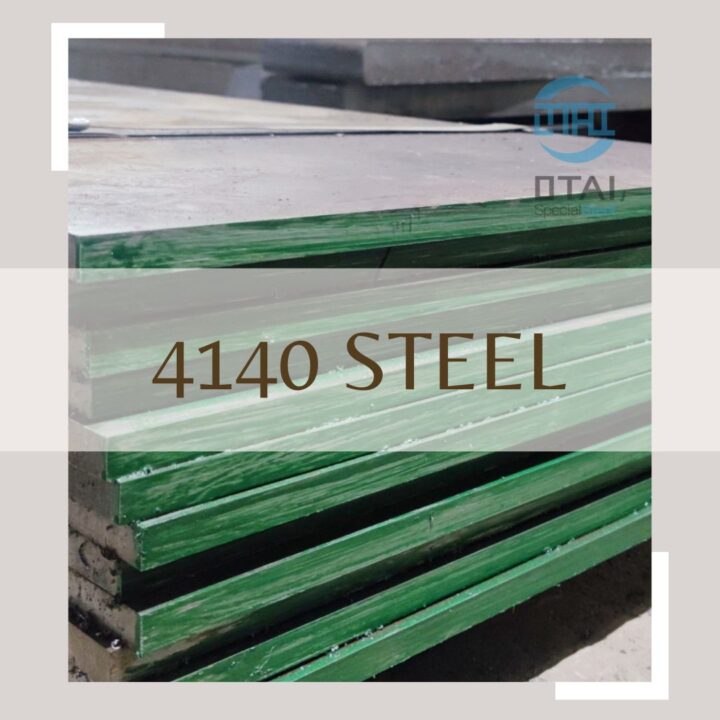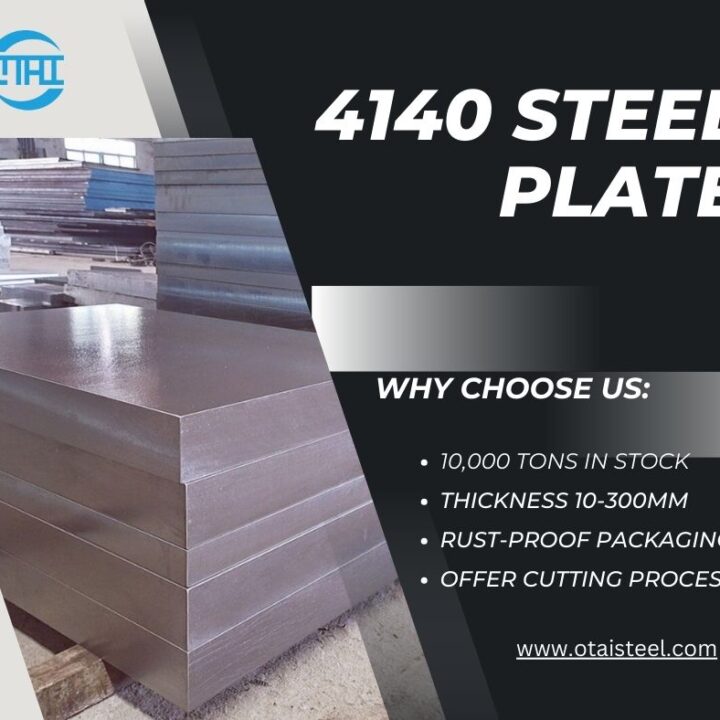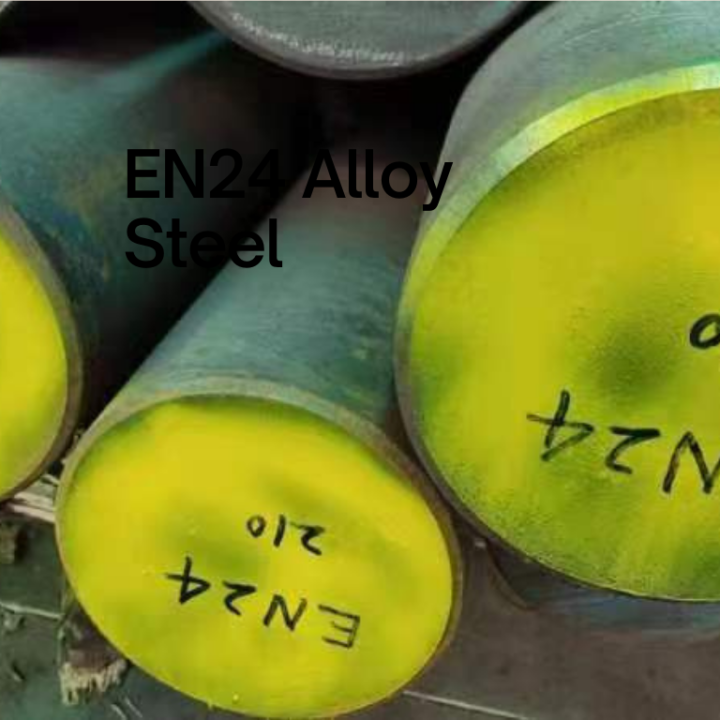H13 application –chapter11
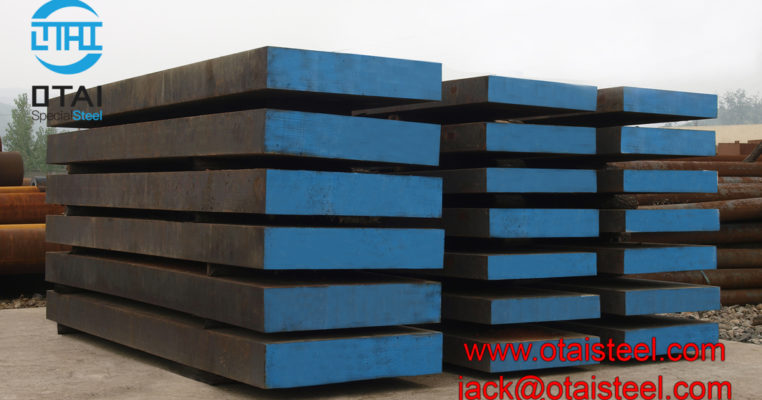
- The lubrication and cooling of H13 steel moldIn order to decrease the heat load of mould, people always will make H13 cooling directly in the interval of work. However, H13 will cause a bad impact on the mold. H13 should be cool slowly to avoid thermal stress and cracking. Need to use the graphitic lubricant to make sure the H13 steel die work in the right way. H13 power of radiating is great. H13 will decrease the temperature of H13 mold at the time of work.
How to fix it- H13?
- Analysis of chemical composition and quality of material- H13
Raise the purity of H13 steel. Decrease the content of sulfur which is the most efficient way to increase the working life of H13 steel mold. The sulfur content is at the range of 0.005-0.008% of high-quality H13 steel. According to the analysis of chemical composition and quality of material can get the result of if it is eligibilityfor H13. That H13 will help us to make the right decision on the technology of heat treatment and forging. Test Method: Sampled the H13 steel stuff to analyze its chemical composition and if H13 complies to the requirements. And take the sample at the steel center. Then grinding, polishing, etching with 4% nitric acid alcohol solution, examining the microstructure on an optical microscope, and assessing the grade of carbide segregation and the grade of inclusion according to relevant national technical standards.
- The way of technology control- H13
- Forging Technology The ingot that diameter bigger than 70mm must preheat at the temperature range of 800-900℃. Then, H13 it is heated at an initial forging temperature of 1065 to 1175 ° C. And the total forging ratio must bigger than 4.
- Spheroidizing Annealing It H13 can make the strength get lower and improve the cutting machining properties. Do a good start for quenching and tempering. The spheroidizing annealing process is maintained at 845℃ to 900℃(1 h +1 min)/mm. And then cooled to 720℃ ~ 740℃ isothermal (2h + 1 min)/mm at the furnace. Cooling to 500 ° C at the furnace, and finally out of the furnace to air-cooled.
- Quenching and Tempering Technology There is the best way of H13 steel heat treatment technology. After heating at 1020°C~1080°C, then oil hardening or martempering. Tempered twice at 560-600 °C. The microstructure is tempered toughness + tempered sorbite + residual carbide, and the microhardness is 48-52HRC.
The manufacture of H13 steel die must do a good job at design, the material chosen, forging, annealing, heat treatment and etc to make sure the quality at a high level. Every step is important and has a big influence on the mold product for H13 .
